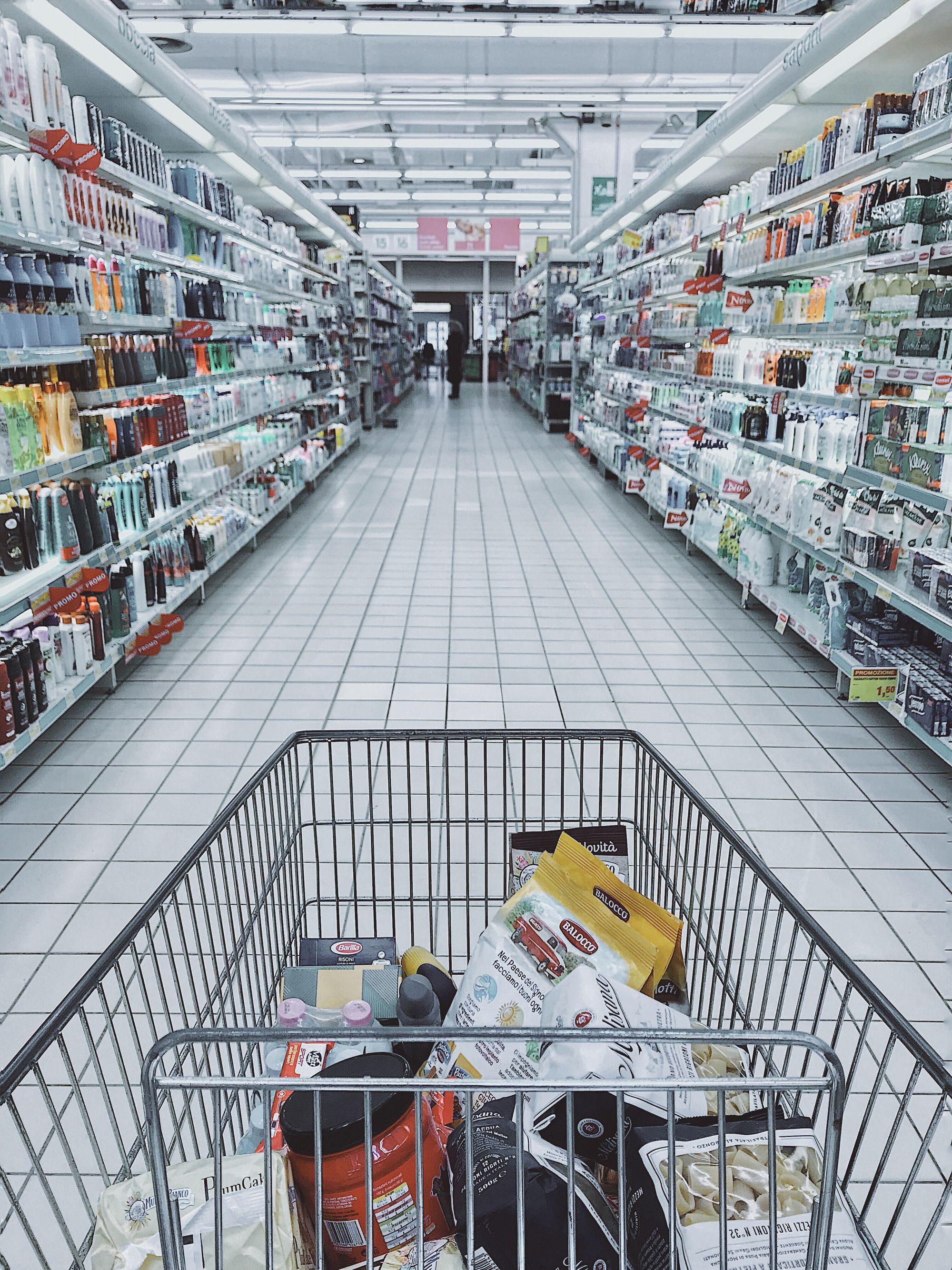Credit: Public Domain.
According to the 2020 annual report by Statistics Korea 통계청, the government bureau responsible for collecting national statistics, average household consumption declined by 2.3% in 2020 as a result of the COVID-19 pandemic. However, among households in the lowest income quintile (i.e. bottom 20%), the consumption increased by 3.3% - the only quintile that increased in consumption for that year.
The lowest quintile, whose average monthly household earning is below KRW 1.73k (USD 1.3k), increased their spending because of rising food prices. Spending on food and beverage (excluding alcohol) increased by 15.7% - similar to the rise of 13.7% in the consumer price index for agricultural and farm products. Essential ingredients for Korean cuisine saw a significant price increase in 2020, notably scallions (305.8%), onions (38.8%) and eggs (39.6%). The pandemic also hurt the low-income households’ bottom line by mandating mask purchases; for the lowest quintile, the spending for health products increased by 8%.








